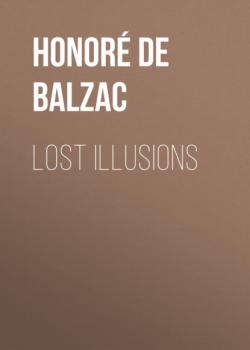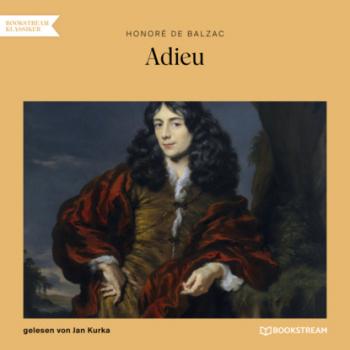Оноре де Бальзак
Список книг автора Оноре де БальзакLost Illusions
"Lost Illusions" by Honoré de Balzac (translated by Ellen Marriage). Published by Good Press. Good Press publishes a wide range of titles that encompasses every genre. From well-known classics & literary fiction and non-fiction to forgotten−or yet undiscovered gems−of world literature, we issue the books that need to be read. Each Good Press edition has been meticulously edited and formatted to boost readability for all e-readers and devices. Our goal is to produce eBooks that are user-friendly and accessible to everyone in a high-quality digital format.
Bureaucracy
"Bureaucracy" by Honoré de Balzac (translated by Katharine Prescott Wormeley). Published by Good Press. Good Press publishes a wide range of titles that encompasses every genre. From well-known classics & literary fiction and non-fiction to forgotten−or yet undiscovered gems−of world literature, we issue the books that need to be read. Each Good Press edition has been meticulously edited and formatted to boost readability for all e-readers and devices. Our goal is to produce eBooks that are user-friendly and accessible to everyone in a high-quality digital format.
Искусство и художник
Литературный реализм создал не просто новый подход к искусству, но и умение работать не только с отдельными редкостями, а с образами и впечатлениями искусства, усматривая в искусстве все грани действительности. Оноре де Бальзак (1799–1850) решительно порвал с прежней эстетикой, видевшей в искусстве предмет любования и подражания, и раскрыл в искусстве опыты воображения и проницательного социального мышления. Разделение формы и содержания, произведенное Бальзаком, оказалось плодотворным для понимания миссии художника во всем драматизме карьеры. В настоящее издание включены высказывания Бальзака об искусстве, как опубликованные в виде отдельных статей, так и извлеченные из его романов. В предисловии профессора РГГУ Александра Маркова раскрываются философские и биографические предпосылки эстетики Бальзака. © Storysidе
По следам Франкенштейна и другие ужасные истории
В книге «По следам Франкенштейна и другие ужасные истории» собраны самые страшные, самые жуткие произведения мировой классики в свободном пересказе известной сказочницы Софьи Прокофьевой. Это «Франкенштейн» по роману М. Шелли, «Портрет Дориана Грея» по роману О. Уайльда, «Странная история доктора Джекила и мистера Хайда» по роману Р. Стивенсона и другие. Эта книга для ребят, которые любят страшные истории! Для среднего и старшего школьного возраста.
The Black Sheep
Listed by the British newspaper «The Guardian» as number 12 on a list of the 100 greatest novels of all-time, Honore de Balzac's «The Black Sheep» is another installment in his magnum opus «The Human Comedy.» Agathe Rouget, who is born in Issoudun, is sent to be raised by her maternal relatives, the Descoings in Paris by her father Doctor Rouget. Agathe has two sons, Philippe and Joseph, with which the story is principally concerned. Philippe becomes a soldier in Napoleon's armies, while Joseph becomes an artist. Philippe, who is ironically his mother's favorite, is a hard drinker with a gambling problem that brings trouble to the family. The differences between the two brothers are brilliantly contrasted by Balzac as their true natures are revealed throughout the course of the work. As in the rest of «The Human Comedy» Balzac criticizes the value that is placed on wealth and beautifully illustrates the conflict that arises out of the ambition to achieve a place in the aristocratic society of France.









